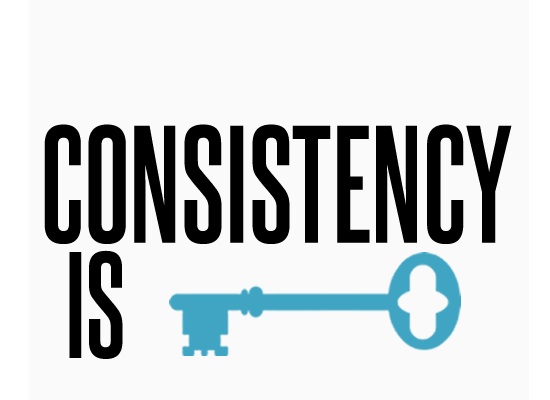The holiday season creeps up with Christmas parties, loss of routine and maybe a little extra pudding. Come January, physios like ourselves see a spike in injuries as clients overdo it.
This year, we want to share with you some tips to keeping injury free while exercising over the holiday season. Afterall, Christmas is the perfect time to consolidate and set you up for a positive start to the New Year. And it’s not just your waistline that will benefit. Exercise has been shown to reduce anxiety, decrease blood pressure, and improve energy efficiency. All handy things to gain over the Christmas break!
Try these 6 tips to assist you in managing your holiday exercise program:
1. Use a calendar – plan ahead
Look ahead to plan your workouts by using a weekly planner to keep focused and motivated. Regardless of how often you intend to exercise, planning your workouts in advance will increase the likelihood that you will do it! For example, if you know you have some busy days ahead, set your alarm early to exercise before your day is underway. Telling your family or friends makes you more likely to stick to it, so let them know of your exercise intentions. Download our FREE Weekly Fitness Planner here.
3. Consistency is the key
How often and for how long you intend to exercise should be an individual decision that is based on what you’re used to, and what you intend to come back to after the holiday break. Massive or sudden fluctuations in workload, or coming back too quickly after time off are the biggest reason individuals are injured at this time of year.
A neat way to think about it – is to ensure that whatever you’re planning is no more than 50% greater than the week before.
So in other words, the amount of exercise you do in any one week should never be increased by more than 50% of your average weekly exercise over the past month. If this occurs, you are putting your body at high risk of injury. A great guideline is 10-20% change per week is sustainable. For example, if you have done an average of 2 hours per week of exercise over the 4 weeks leading up to your return to sport in January, then in your first week back you should do no more than 3 hours of exercise in total.
4. High Intensity Interval Training (HIIT)
In terms of bang for your buck, High Intensity Interval Training (HIIT) is worth considering. There’s lots of research to suggest that short bursts of intense exercise, followed by periods of low-level recovery exercise, is just as effective in promoting health benefits (subcutaneous fat loss, enhanced insulin sensitivity, and cardiorespiratory benefits), as traditional endurance exercise (1). The big benefit? It takes 20 minutes.
So what does HIIT look like?
While different protocols will suit different people, in general, HIIT involves:
- A typical 5-10 minute warm up (walking, jogging or skipping)
- Short periods (30 secs to 4 mins) of intense exercise (above 75% effort)
- Followed by periods of lower intensity exercise (1 – 4 mins of easy 40% effort)
- Repeat for 10 – 30 mins in total
Cycling on a stationary bike, hills sprints with periods of lower intensity jogging, using a skipping rope at high and low intensities, stair running, and pool sprints can all be adapted to become excellent methods of HIIT. Studies have shown that completing such a regime 3 times per week for 6 weeks can lead to excellent results (2).
6. Skip your way fit
It’s inevitable that many regular exercise classes will take some time off during the holidays, so cross training may be a good alternative during this time. A skipping rope is an easy item to bring with you if you’re travelling over summer, it can create a quick and intense workout in most environments.
Sounds manageable? We hope so! If you think we can assist you in developing an individualised program that’s right for you over the summer holidays, make an appointment to see one of our friendly physiotherapists experienced in injury prevention and exercise prescription? At Kinetica Physiotherapy we’re all about injury prevention and a consistent exercise program is a vital component in achieving this.
Here’s a recap:
1. Plan ahead
2. Schedule days off and enjoy them
3. Avoid long periods of inactivity, or large fluctuations in workload
4. Consider High-Intensity Interval Training as an option to get bang for your buck
5. Enlist a buddy
6. Consider cross-training
So that’s it. Simple right? Why not try incorporating these six simple steps to help you stay fit, healthy and injury free, we’d love to hear your stories so please feel free to share in the comments below.
References
-
Whitehurst, M. (2012). High-Intensity Interval Training: An Alternative for Older Adults. Am J Lifestyle Med, 6(5), 382-386
-
Hood, M.S., Little, J.P., Tarnopolsky, M.A. et al (2011). Low-volume interval training improves muscle oxidative capacity in sedentary adults. Med Sc Sports, 43, 1849-1856
If you enjoyed this post, we’d be so grateful if you’d help it spread by sharing it with a friend. Thank you!












